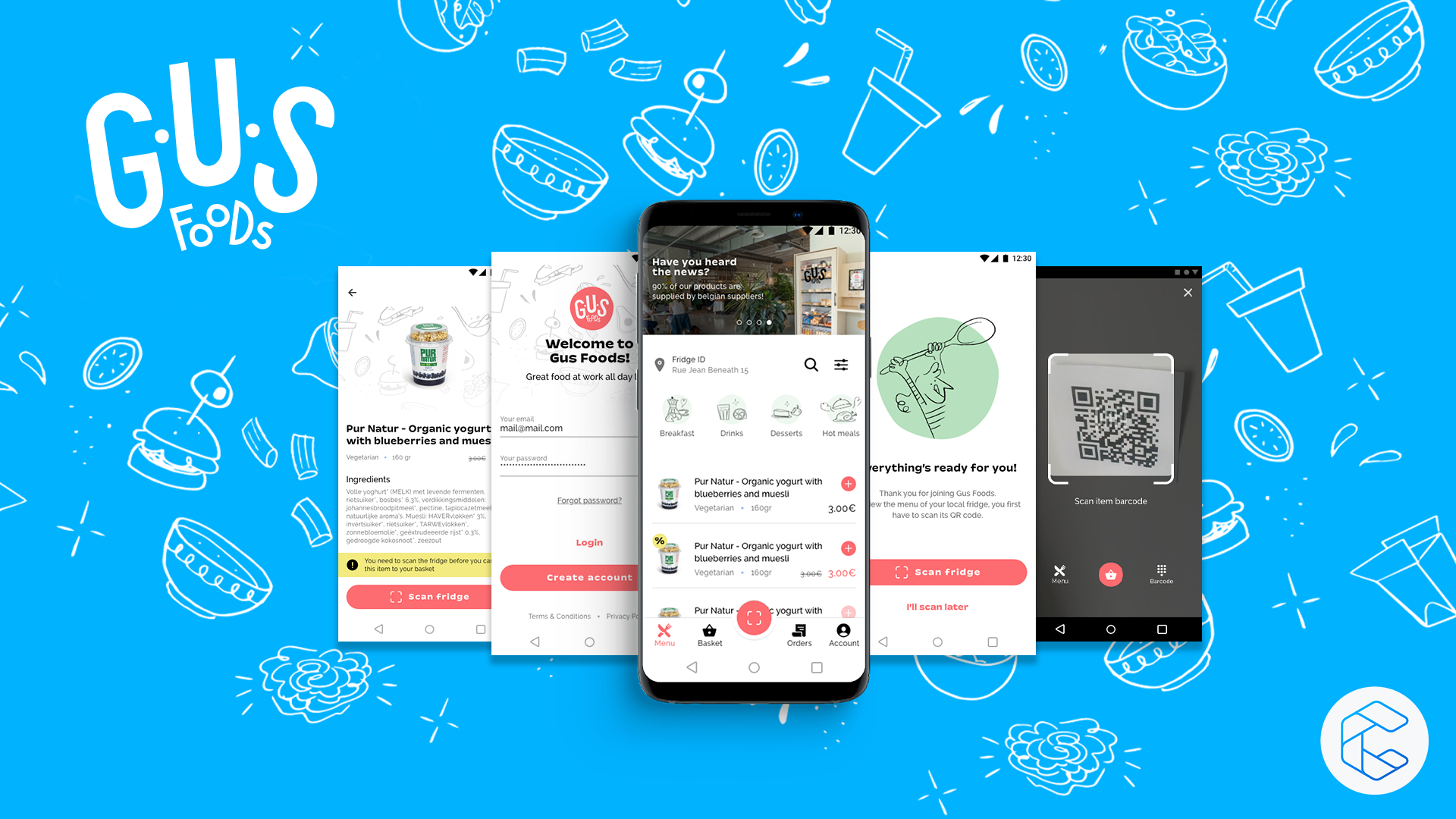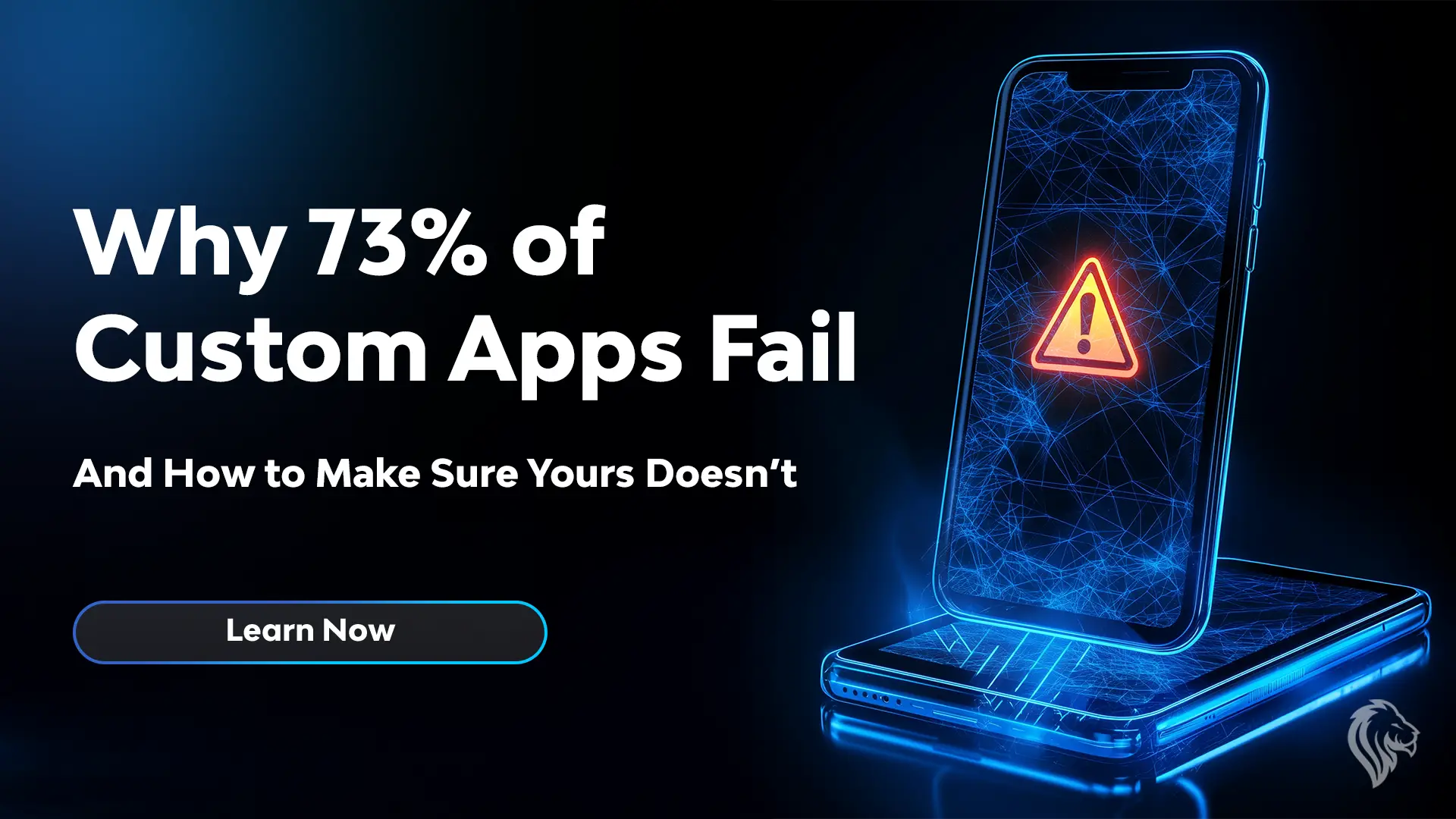Building a custom app is a significant investment—of time, money, and energy. Yet, a staggering 73% of custom software projects fail to meet expectations. They’re delayed, go over budget, get abandoned altogether, or fail to deliver ROI. But failure isn’t inevitable.
In this blog, we’ll break down why most custom applications fail—and more importantly—what you can do to make sure your app succeeds, whether you’re building for web, mobile, or enterprise.
The Shocking Custom App Failure Rate: What the 73% Really Means
According to a Standish Group CHAOS report, only 29% of software projects are successful. The rest are either challenged (53%) or failed (19%), meaning they’re canceled before completion or never used after release.
Why do so many fail?
- Poor requirement gathering
- Lack of clear goals or KPIs
- Feature creep
- Inflexible planning
- Tech stack mismatches
- Weak development partnerships
- Lack of user testing or MVP strategy
The pattern is clear: too many teams rush into development without truly understanding the problem they’re solving or who they’re solving it for.
1. You Need More Than an Idea – You Need a Product Strategy
Many failed apps start with a vague pitch like: “It’s like Uber, but for [X].”
That’s not a strategy—it’s a concept. Before writing a single line of code, you need to define:
- What problem are you solving?
- Who are your users?
- What business value does the product bring?
- What defines success – user engagement, revenue, efficiency?
Documenting these fundamentals is your first step in risk-proofing your project. Without clear goals, development becomes directionless, expensive, and misaligned.
2. Requirement Gathering: The Make-or-Break Stage
One of the most critical (and most often rushed) phases of app development is requirement gathering. If you don’t deeply understand what you’re building and why, you’re guaranteed to waste time and money.
To get it right, focus on:
- Stakeholder interviews – Understand internal goals and constraints
- User research – Identify actual pain points, not just assumed ones
- Feature prioritization – Separate must-haves from nice-to-haves
- Edge cases and scalability – Plan for the future, not just the MVP
Pro tip: Align on scope, budget, and timeline before development begins. Clear documentation means fewer surprises later.
3. Don’t Build Everything at Once – The Power of the MVP
Many apps fail because they try to do everything on Day One. Instead, focus on your Minimum Viable Product (MVP)—a version that does one thing really well.
A strong MVP should:
- Solve a core problem
- Deliver immediate value
- Validate your idea with real users
- Allow feedback-driven development
Your MVP isn’t your final product. It’s your test pilot. Use it to gather insights and iterate quickly without overinvesting in assumptions.
4. Agile Development = Iteration, Not Indecision
Some teams hear “agile” and assume it means disorganized. But agile done right is structured, responsive, and client-focused.
With agile methodology, you:
- Break development into sprints
- Continuously test and gather feedback
- Adapt to changes without rebuilding from scratch
- Deliver working software early and often
This approach is ideal for custom app development, where new insights emerge as the product takes shape. It also prevents feature creep by maintaining clear sprint goals and timelines.
5. Choosing the Right Development Partner
A brilliant idea can still fail if you choose the wrong team to build it. The right development partner will:
- Challenge your assumptions (in a good way)
- Bring technical and product expertise
- Communicate clearly and often
- Plan for scalability, security, and stability
Whether you’re a funded startup or an enterprise rolling out internal software, your development partner should be collaborative, transparent, and laser-focused on delivery.
6. Think Long-Term: Tech Debt, Maintenance & Scaling
A successful launch isn’t the finish line—it’s the start. Many apps fail post-launch because they weren’t built to last. Don’t neglect:
- Tech debt – Quick hacks now = costly fixes later
- Documentation – So your team knows how it works under the hood
- Testing – Manual, unit, and regression testing are non-negotiable
- Monitoring & maintenance – Performance, uptime, and security must be ongoing priorities
Build with scale in mind—even your MVP should be a foundation, not a throwaway.
TL;DR: How to Avoid Joining the 73%
- Start with a clearly defined product strategy
- Gather deep, validated requirements
- Prioritize an MVP to prove value fast
- Use agile development to stay adaptable
- Choose a development team that challenges and supports you
- Build with scalability, security, and future growth in mind
The truth is—custom app development doesn’t have to be risky. But it does have to be planned. If you want to ensure your project falls into the successful 27%, the best investment you can make is in planning, research, and collaboration.
At Cyrex, we help teams design, develop, and scale secure, high-performance custom apps. Our clients range from startups to global enterprises. If you’re building something great, let’s make sure it doesn’t fail – Contact our team today.
Related Articles

Go test mocks: interfaces to the rescue
Developing an application can be something complex, specially if the domain has a lot of i...
Read more
Gus Foods use case
Company Overview Founded in 2020, Gus Foods transformed offices all around the world into ...
Read more


